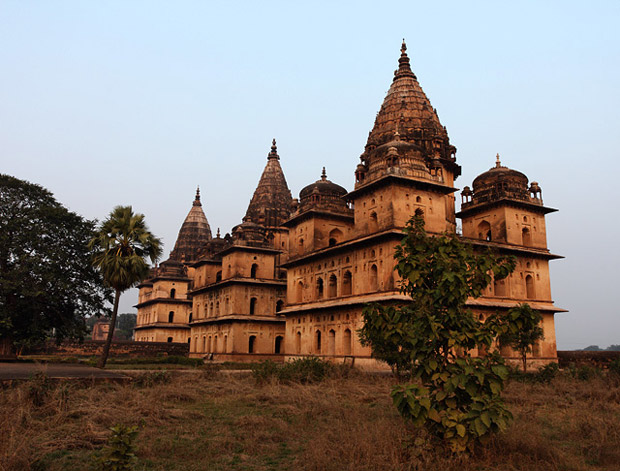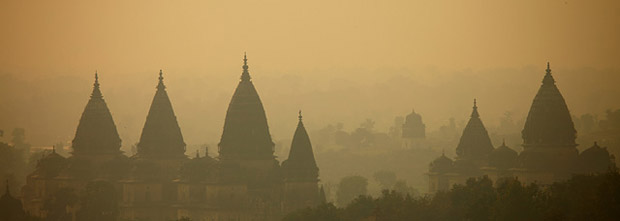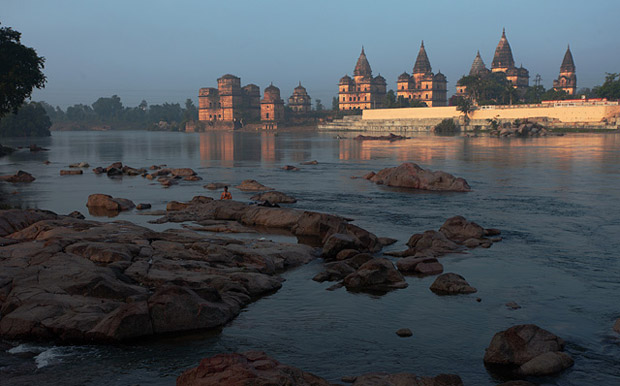Travel Photography: Finding Fresh Perspectives
This article appeared in March issue of Terrascape, a travel magazine where I write a column on photography.
We undertake long journeys with the intent to find something new and interesting, see interesting things that the world offers us and acquire a wider vision and fresh perspectives of life. Photographers too, strive to bring in such new perspectives with every image they take, trying to make composition beyond the jaded repetitiveness suffered by everything famous and in circulation.

How often have you seen that perfect image of Taj Mahal with its precise symmetry reflecting in the still waters? You would perhaps see it in every travel brochure, magazines or in countless personal and commercial websites. Although it is a monument of unsurpassed beauty, you would have seen the same stereotypical image so many times in the past that it no longer brings in the freshness and awe you felt the very first time you saw it in photographs.

This brings in one of the biggest challenges faced by travel photographers—to look beyond such obvious composition and bring in different perspectives that infuse freshness into even the most photographed entities. They spend hours looking at their subjects, trying out various perspectives and searching for inspiration to bring out a previously unseen charm.
Bringing out new perspectives to the same subject requires spending ample time to study the subject in leisure and understand it better. One can discover new ways to project the same entity by looking it from every possible angle. The subject may reveal a new façade or motif from a different corner, from a faraway location or from a high vantage point. The structures in its neighbourhood may add to the beauty when seen from a carefully selected corner. Hours of studying the subject may reveal a previously unseen fragment of beauty rarely observed by most people passing by. It calls for patience and perseverance and an urge to look beyond the ordinary, though nothing can be as helpful as an innate fascination to your subject.

It also helps to visit your subject in different times of the day when the quality and position of the light can vary and affect its appearance considerably. Morning fog can create a dreamy mood while the orange hues of the evening sun can bring its colours alive. Tastefully done artificial lighting in the night can greatly enhance the contours and depth of a subject.
Like change in daylight, change in season too can make drastic difference to the way things appear. If your subject is a vast forest landscape, its hues change from dark green before fall to a dull brown during winter and to lush colours in spring. Monsoon can change the complete mood of the location and bring in a surge of life in the surroundings.

The key to making better images and showcase new perspective lies in spending a lot of time and make repeated visits to observe and gain familiarity of your subject.
Images: The cenotaphs of Orchha in Madhya Pradesh may just elicit a passing interest if you see them from their vicinity. But spending a few days walking around the town and looking at them from different places in different times of the day, they reveal beautiful abstractions otherwise unseen.